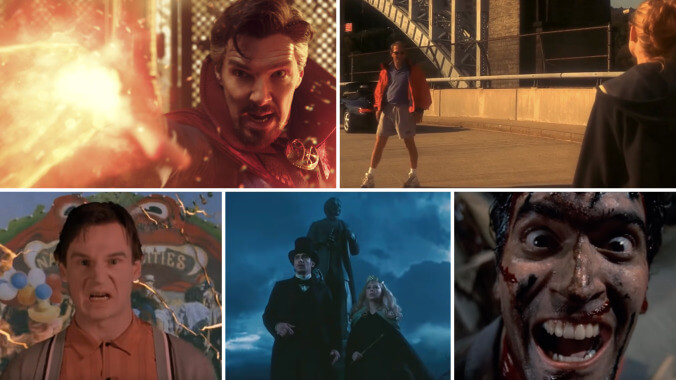Every Sam Raimi movie, ranked from worst to best
How evil are The Evil Dead? Are we returning The Gift? Does Spider-Man 2 stick? Find out in our complete rundown of the beloved director's filmography

It’s been nearly a decade since Sam Raimi last directed a movie. With the release of Doctor Strange In The Multiverse Of Madness this weekend, our long national nightmare ends this weekend.
Across 40 years, Sam Raimi has dynamited genre after genre with Howard Hawks’ precision and Tex Avery’s sense of humor. Despite his stylistic idiosyncrasies—or more likely because of them—Raimi’s influence on low-budget horror and modern blockbusters cannot be overstated. Between Evil Dead and Spider-Man, he single-handedly caused two major upheavals in America’s cinematic landscape. And we’re not even considering his impact on television…
As the Multiverse of Madness, we’ve decided to open the Book of the Dead and rank all of Raimi’s movies, from worst to best. Appropriately, it’s going to be a bloodbath. While the top three probably won’t come as a surprise, the mid-card of Raimi’s career is harder to sort. Whether it be revisionist Westerns, austere thrillers, or original works of fantasy and horror, he’s not really known for making bad movies. Such is the curse of being Sam Raimi, a remarkably gifted filmmaker who repeatedly conceives new ways to tackle familiar genres.